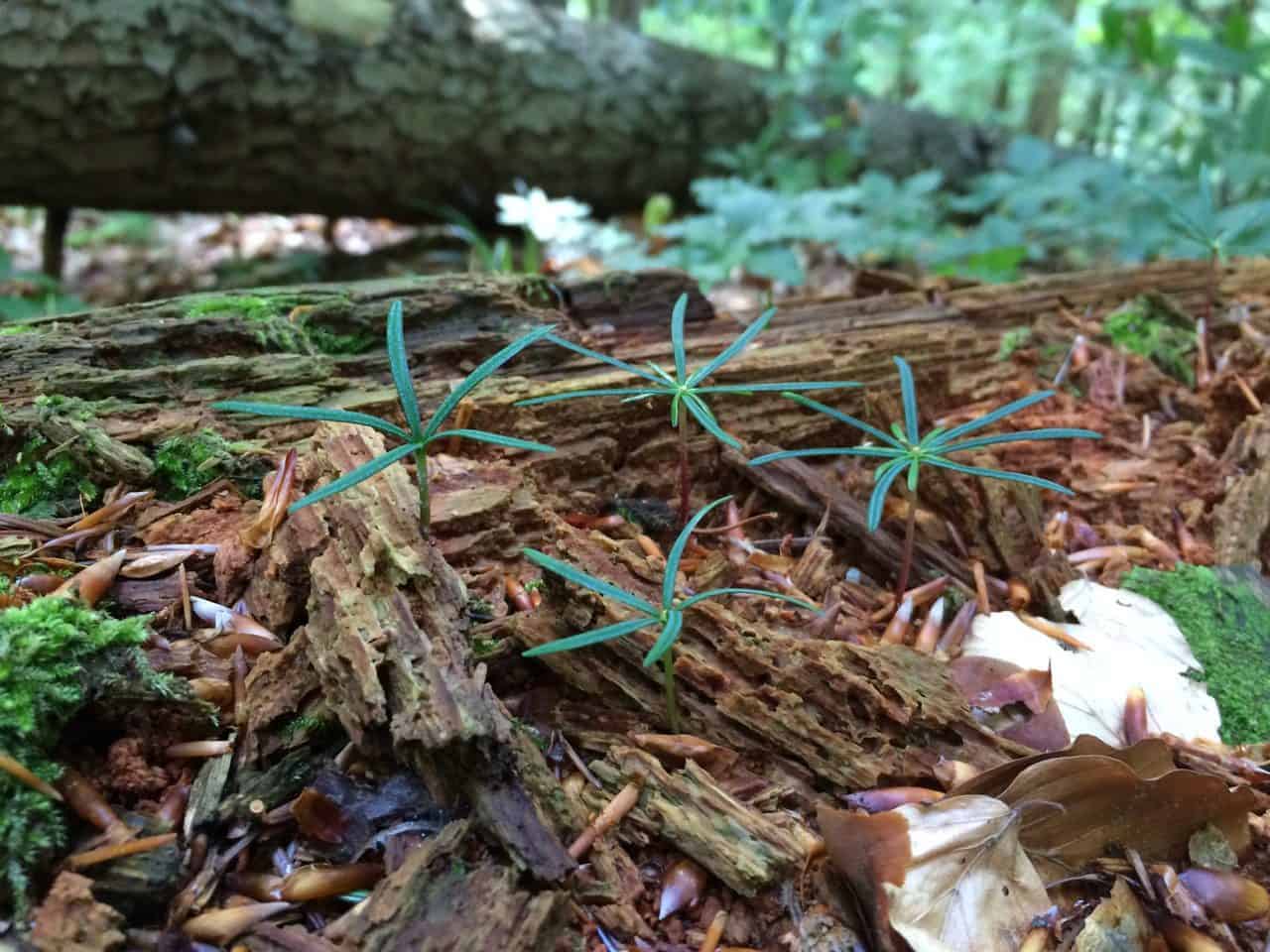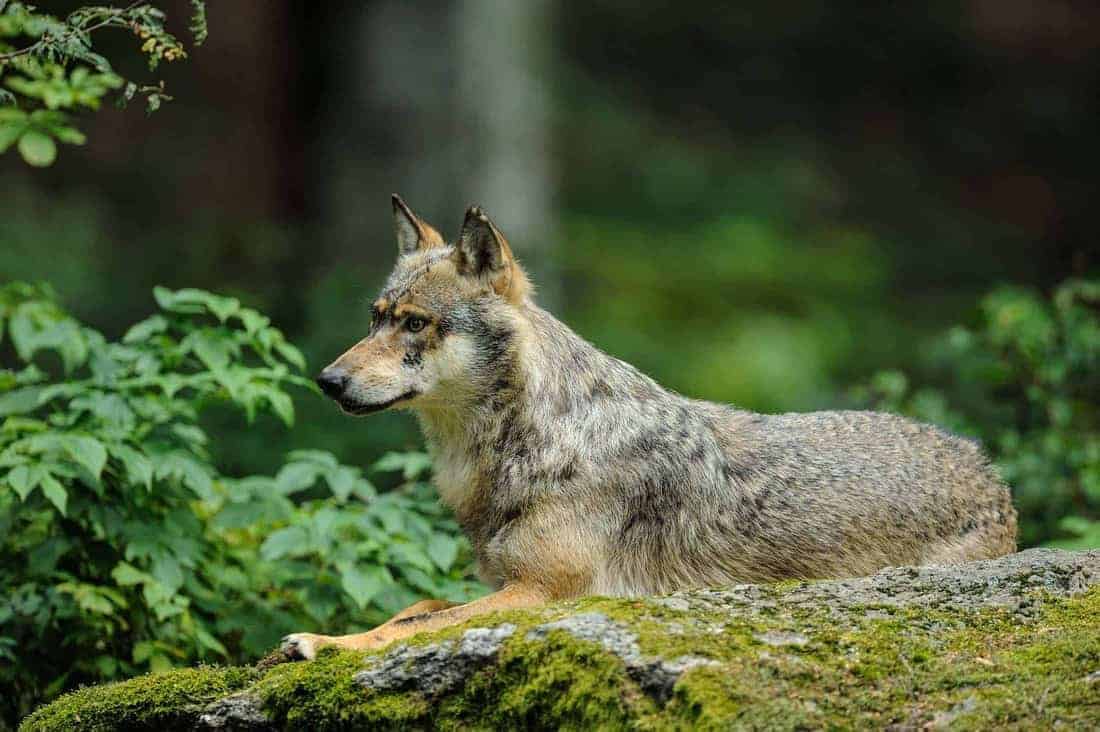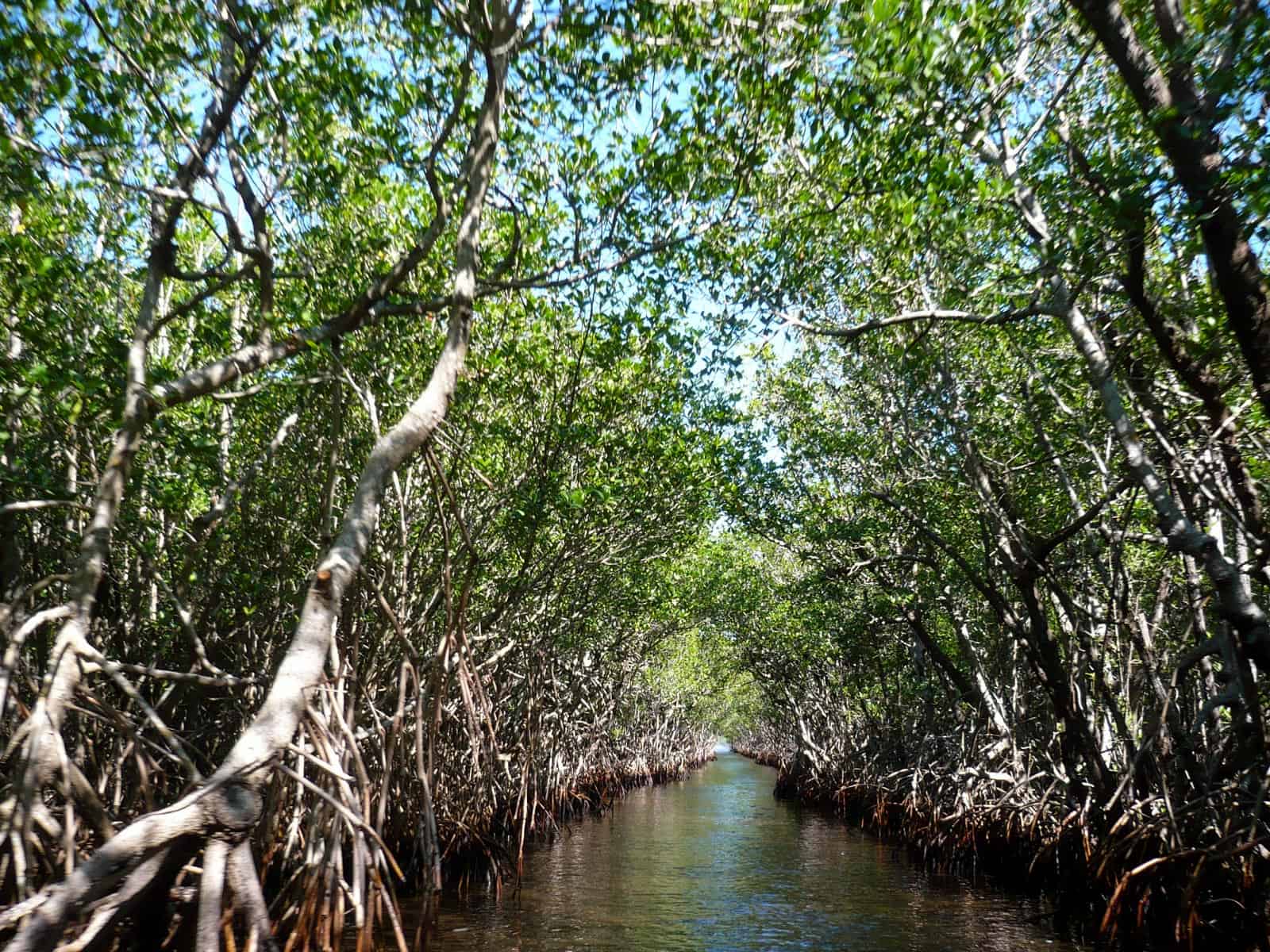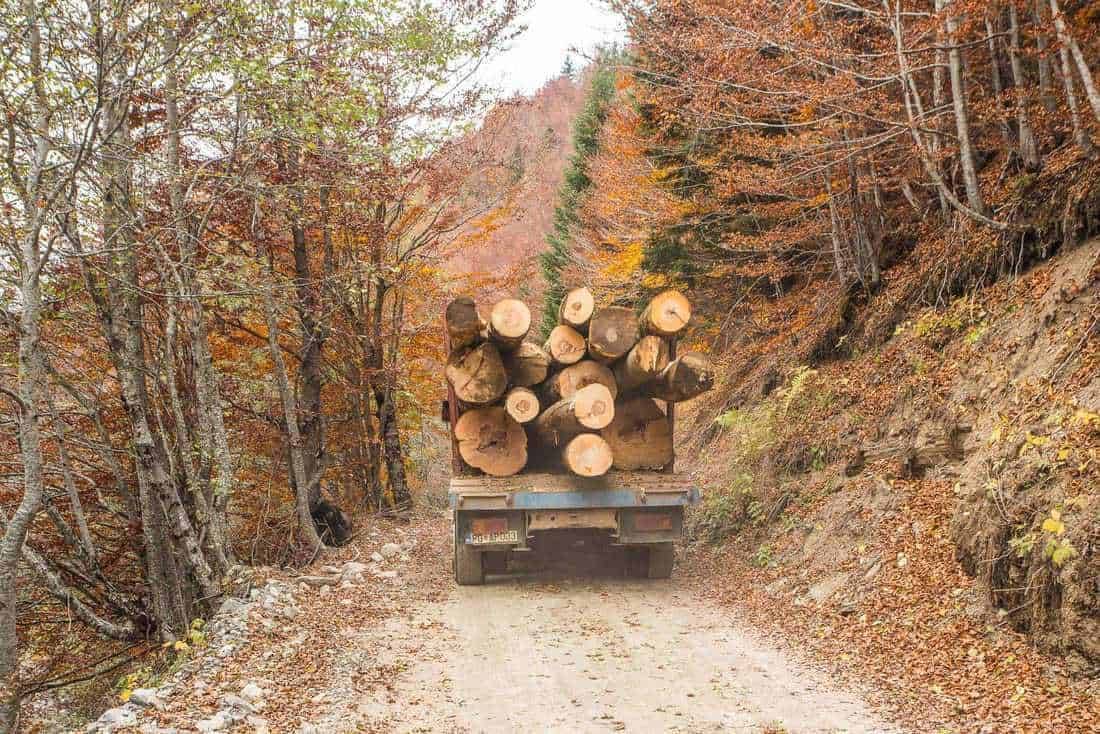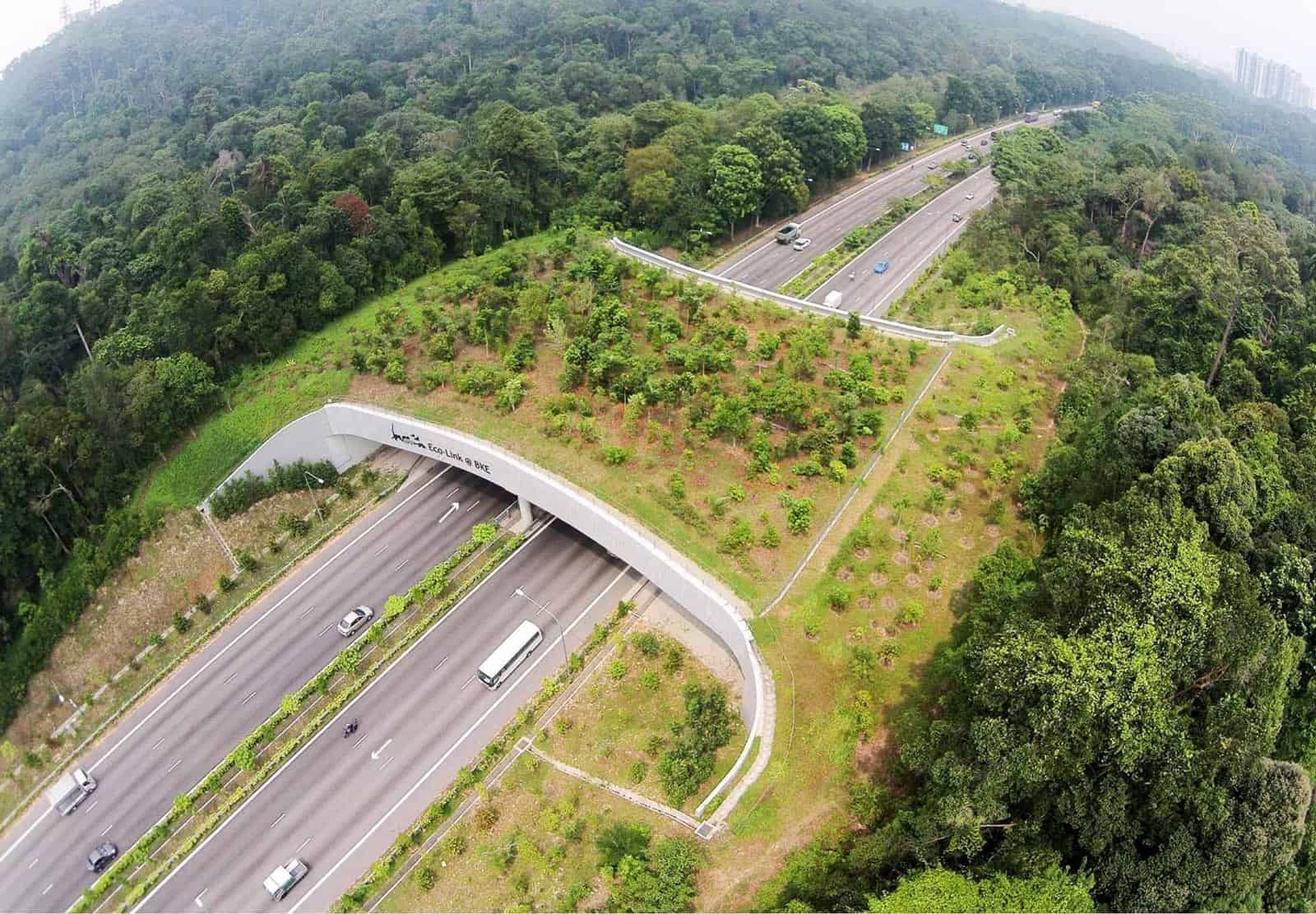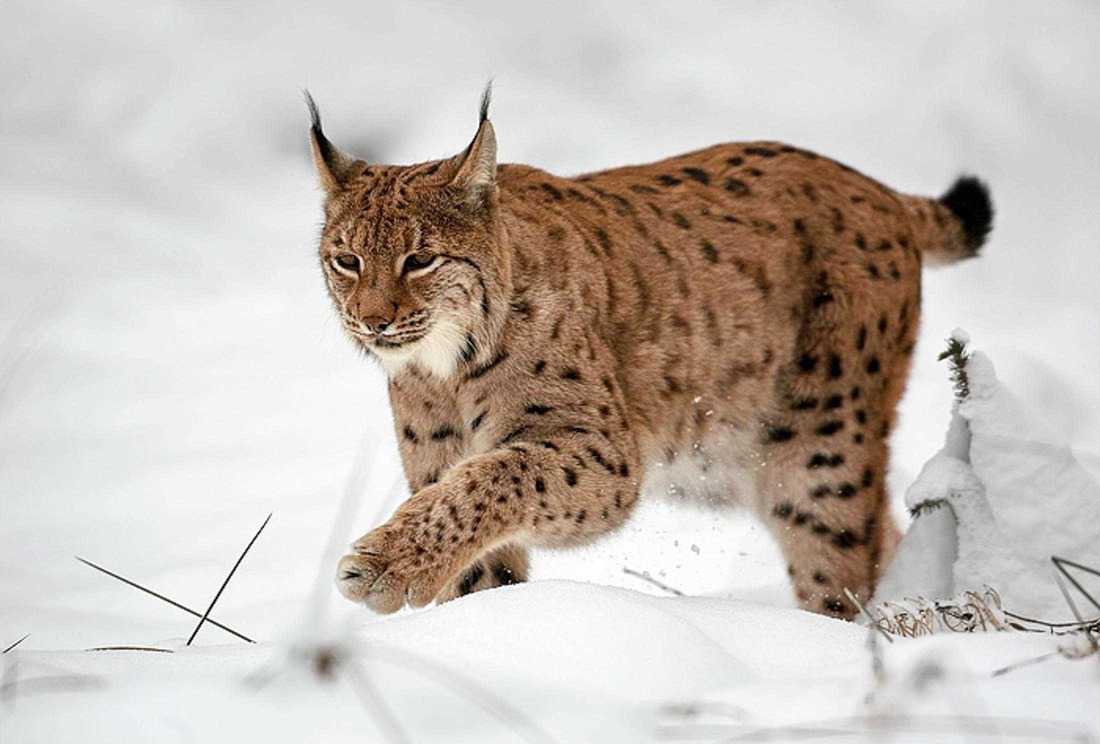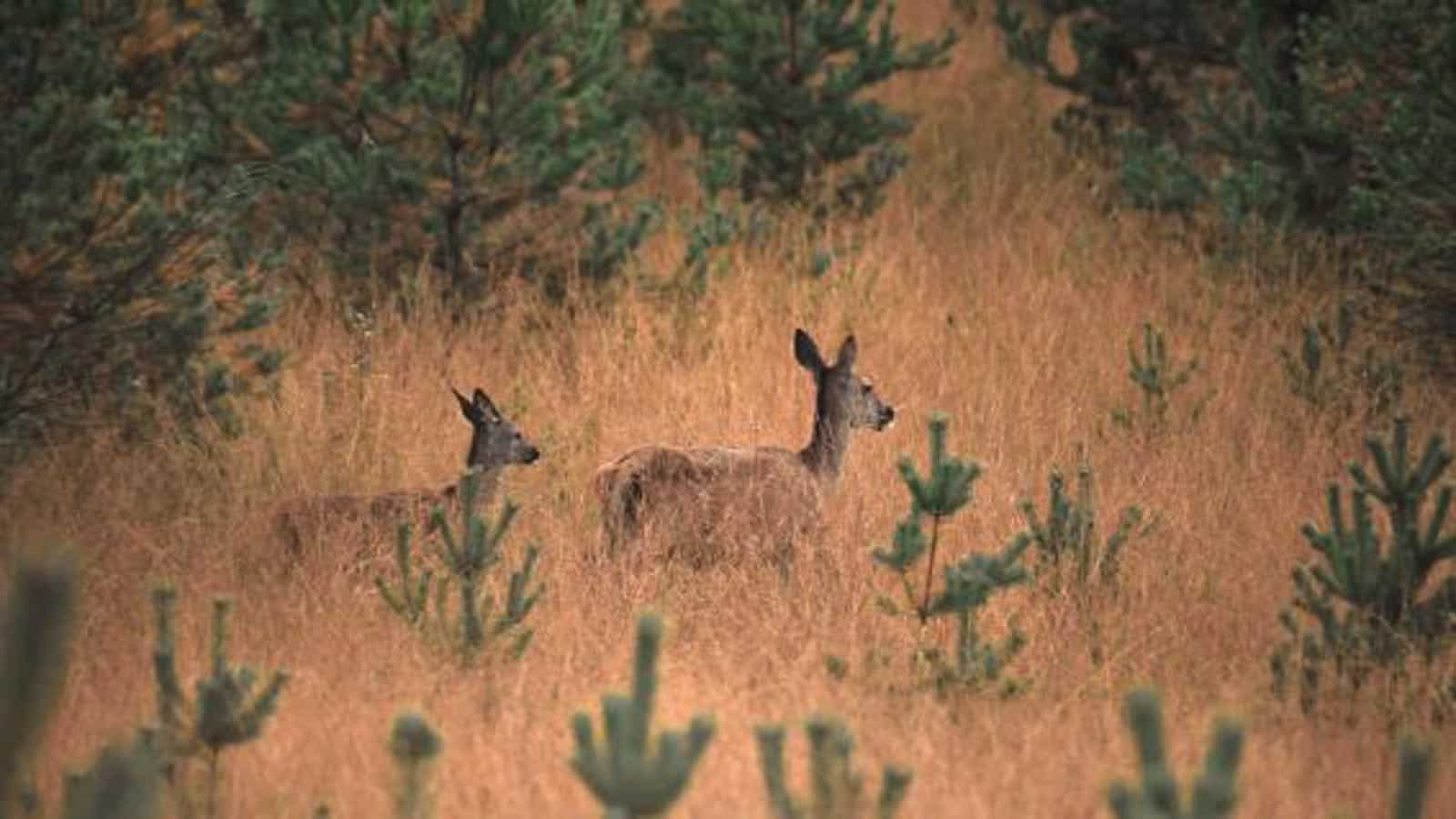Limits to Growth
With this iconic title, the Club of Rome published the first report that proved that ever growing population, manufacturing, agricultural production, resource exploitation and habitat destruction cannot continue in the same manner for much longer. Nevertheless, the trend in none of this could be stopped or even turned around. If the present growth trends continue, we will reach the limits of our planet within decades.
To quantify the limits of our planet, scientists created the concept of Planetary boundaries. They identified nine global processes that will have catatrophic consequences, if they surpass certain thresholds. Hence, human activities must be kept within these boundaries to avoid irreversible changes in the Earth system that put the welfare of future generations at risk. The processes are:
- Climate change
- Biodiversity loss
- Nitrogen and phosphorus pollution
- Ocean acidification
- Land conversion
- Freshwater consumption
- Ozone depletion
- Air pollution
- Chemical pollution, e.g. plastic, toxins
Another important concept to visualize the limits of our planet is the ecological footprint. Depending on a person´s lifestyle, this value quantifies their resource consumption. It allows everyone to calculate their own ecological footprint and find out whether their lifestyle is sustainable.
Please also read: Never waste a crisis!
Can our planet feed ten billion people?
One of the biggest threats for habitats and species is conversion of natural areas into agricultural fields. We lost 120 000 km² of primary rainforest in 2019, much of it deforested for agriculture. Brazil leads the list of deforestation while it produces ever more soy to satisfy the global demand for animal fodder. And in high-tech agriculture countries like the Netherlands, intense land use is the biggest threat for biodiversity. This sparks the question how many people we can feed without destroying nature.
Surprisingly, a newly published study shows that it may be viable to feed ten billion people without crossing the planetary boundaries for nitrogen pollution, biodiversity loss, land conversion, and freshwater consumption. Nevertheless, almost half of the food currently produced relies on exceeding these boundaries. This means that our current agricultural system can only provide a balanced diet for 3.4 billion people without exceeding planetary limits.
However, with measures like improved water-nutrient management, change of diets and a reduction in food waste the resource use decreases to a level sufficient to feed around 10.2 billion people, while strictly respecting the four most important planetary boundaries.
What is the real limit?
This study shows that we cannot put a fixed limit on the human population our planet can support. Comparing the ecological footprint of countries shows the exact same. While Luxembourg, one of the countries with the highest footprint worldwide, has a footprint of 13 gha per person, Albania only has 2 gha per person. This means (though very simplified) that our planet can support six times the amount of people if everybody lives the average lifestyle of an Albanian compared to an average citizen of Luxembourg. Comparing more countries also shows that the ecological footprint directly correlates with wealth.
It is obvious that even with the current number of humans and our current economic system our planet already lost many fundamental elements, which make our life so exciting. To protect nature and Wilderness, we need big changes soon.

This makes clear that growing population, manufacturing, agricultural production, resource exploitation and habitat destruction are all intertwined and have to be addressed together. Our current economic system implies that growth is directly connected to the destruction of our planet and that growth is without alternative. As a long as we cannot change this, fighting for nature conservation will always be tilting at windmills.
We must understand that humans are just one of many elements of nature. To preserve our planet for future generations, we must protect all of these elements and must change our own lifestyle accordingly.




